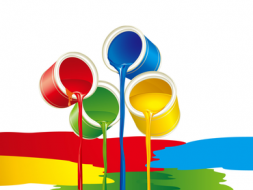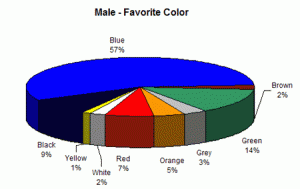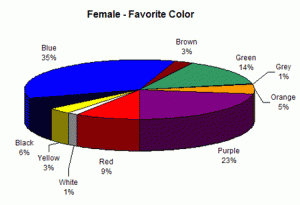
I was watching a group of children playing a game of colors. Once the catcher named a color and the rest were running to find any object of that color to touch. The one who gets caught before touching any object of that color becomes the catcher of the next game.
This game made me think of the way colors influence our choices from childhood. Our dresses, toys, art work, etc were based on the colors we favored. Even as adult our choices of dress, cars, house, interior decorations, furnishings, mobile phones, now even laptops are based on colors for most part. First impression is the best impression and more than half of the time, this impression would have been based on colors if we care to ponder on.
This persuasion based on color psychology is what branding experts look to harness while building a brand. It is a much debated topic since color is too dependent on personal experiences. I love the color black but black for many people implies evil, depressing or scary things. If we set aside individual preferences and take the crowd at large, a few details on color could well contribute in making that best impression for your brand.
- Color Preferences by Gender: It would not do to color a product pink or purple if it is meant for men. The following graphical representation of the studies conducted by Joe Hallock shows the color preferences of men and women.


The graphical display above shows that both the genders like the color blue to a large extent.
- Color Preferences by Age group
Color Preferences also differ with the age group. Kids usually like bright colors but as adults, we tend to gravitate towards other colors too. The graphical display from studies by Joe Hallock gives a peek in to this.

- Preferences by Color Combinations:
The color yellow is not a favorite color of the masses if you have noticed from the chart. But many brands with color yellow in their branding have succeeded with appealing color combinations. To name a few Subway, BestBuy, DHL, Ferrari, etc.*
- Color Preferences by Culture: The color white symbolizes purity and beginnings in United States but in India it is associated with mourning and death.
- Color Preferences by Context: When I am trying to sell a recycled product or eco-friendly products, the color green would be appropriate rather than purple or black.
Logos in black and white (yet they are colors too) like Honda, Mercedes, Apple* are still popular among people. This shows that there are a lot of factors which make up a brand yet colors do play a significant part in branding. Wise use of colors in your brand and consistent allegiance to them can help formulate a strong brand image in the mind of the consumers.
*The trademarks mentioned here are with respective owners and have been used only as an example








